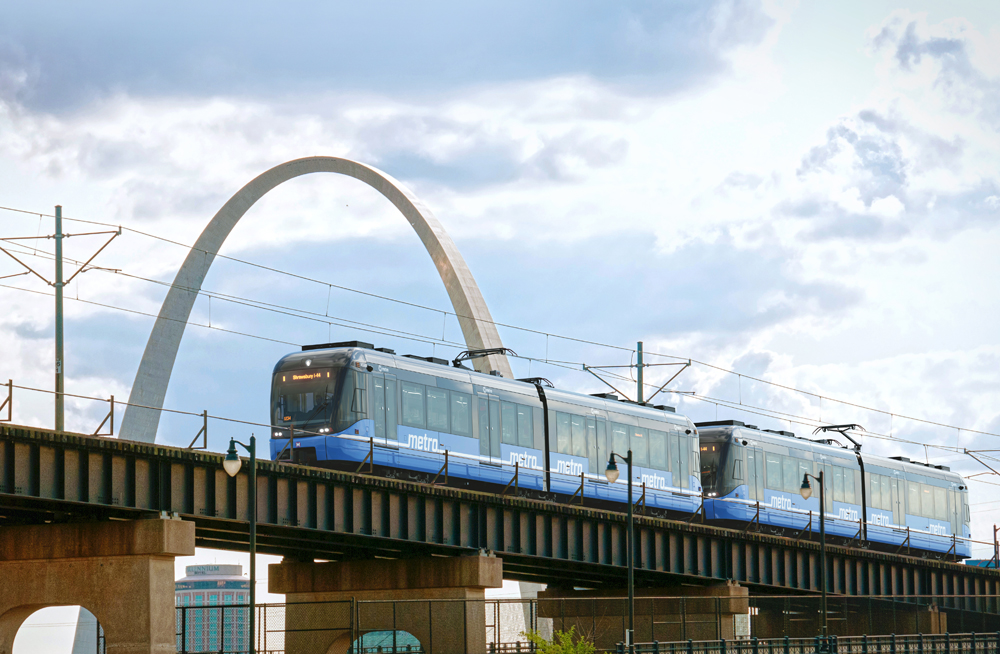
ST. LOUIS — Siemens Mobility will build 55 new battery hybrid S200 high-floor light rail vehicles for the Metro Transit system, replacing the oldest vehicles in the MetroLink light rail system, the company has announced.
Bi-State Development, operator of Metro Transit, selected Siemens, which previously built the system’s SD400 and SD460 LRVs in orders beginning in 1990.
“We are grateful to Bi-State Development for this fantastic order and for their continued confidence in Siemens Mobility,” Michael Cahill, president rolling stock, Siemens Mobility North America, said in a press release. “We are excited to deliver these new state-of-the-art light rail vehicles, with our Onboard Energy Storage System, which will enhance operational flexibility, resiliency and convenience. The first of these vehicles will replace the first vehicle ever produced at our current location in Sacramento, more than 30 years ago, a great experience I remember fondly.”
The vehicles will be just the second in the U.S. to feature the on-board energy storage batteries, which allows off-wire operation for up to 5 miles. The first LRVs so equipped were delivered to Charlotte, N.C., in 2021.
The new railcars feature large windows; are designed to allow easy entry for strollers, wheelchairs, and bikes; and have an interactive GPS mapping display allowing passengers to see their location in real time.
“Our MetroLink fleet has kept our region moving for more than 30 years. This is a rolling testament to the skill of our MetroLink maintenance team and the tremendous quality of these Siemens vehicles,” said Taulby Roach, President & CEO of Bi-State Development. “As we look to the next generation of transit, we are grateful to have such a talented supplier manufacturing vehicles here in the USA.”






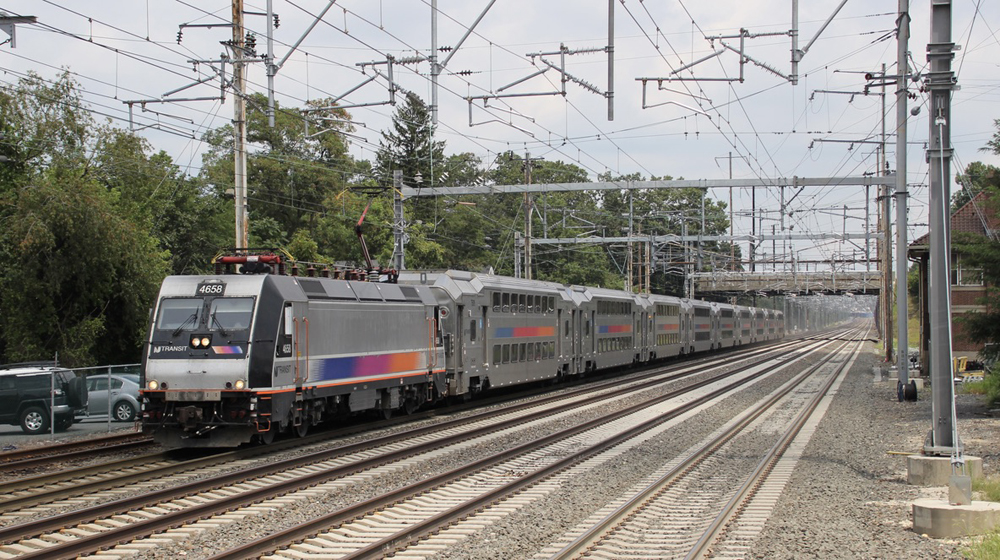
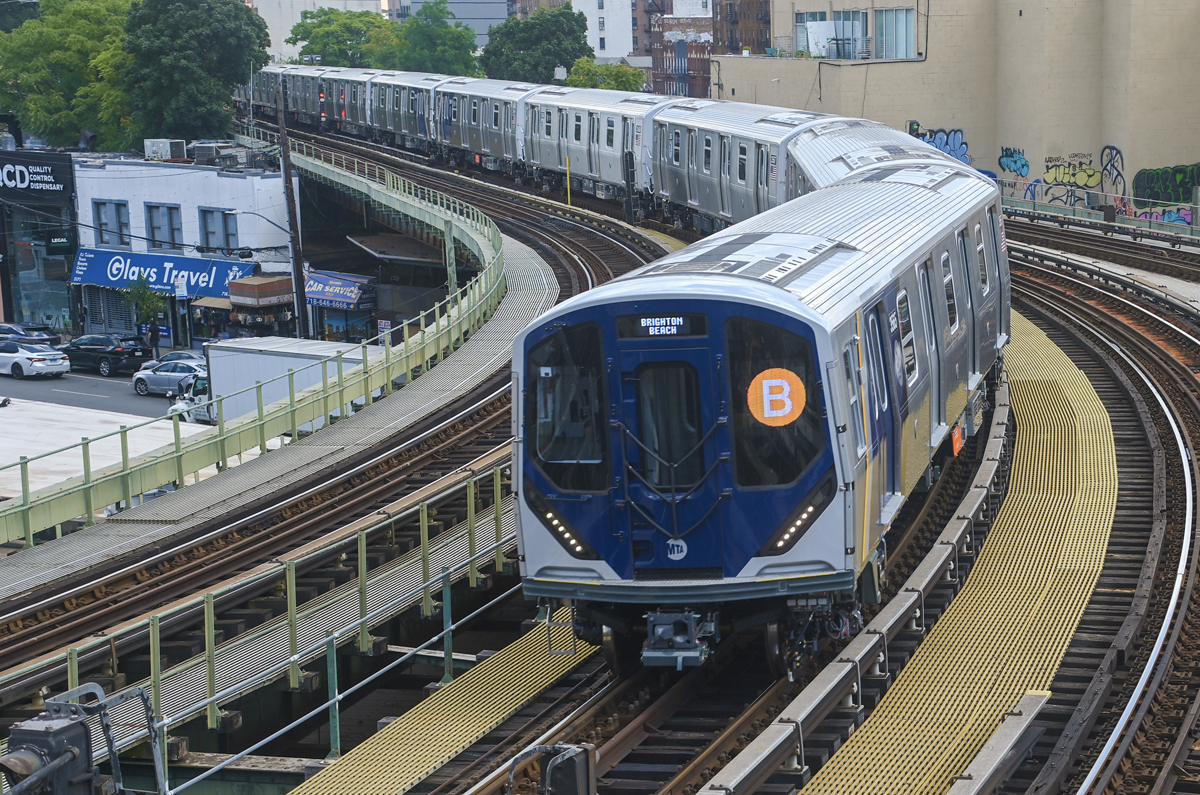
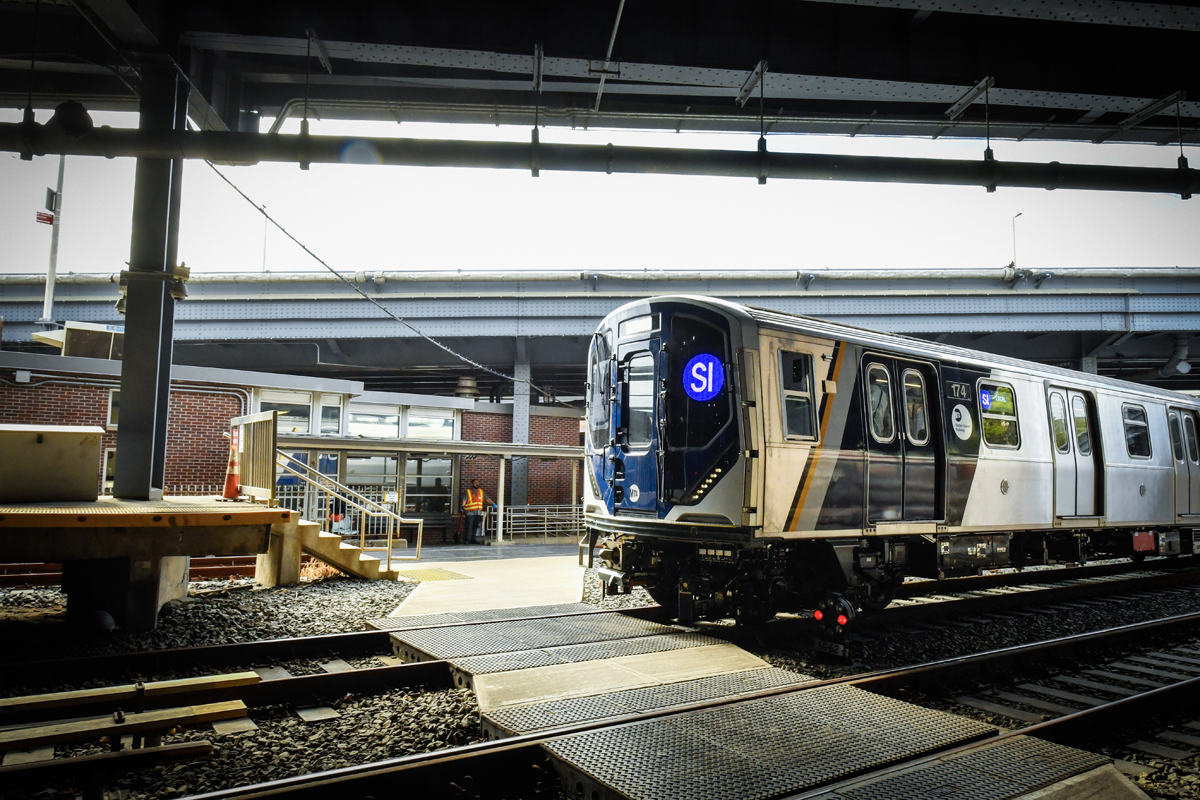
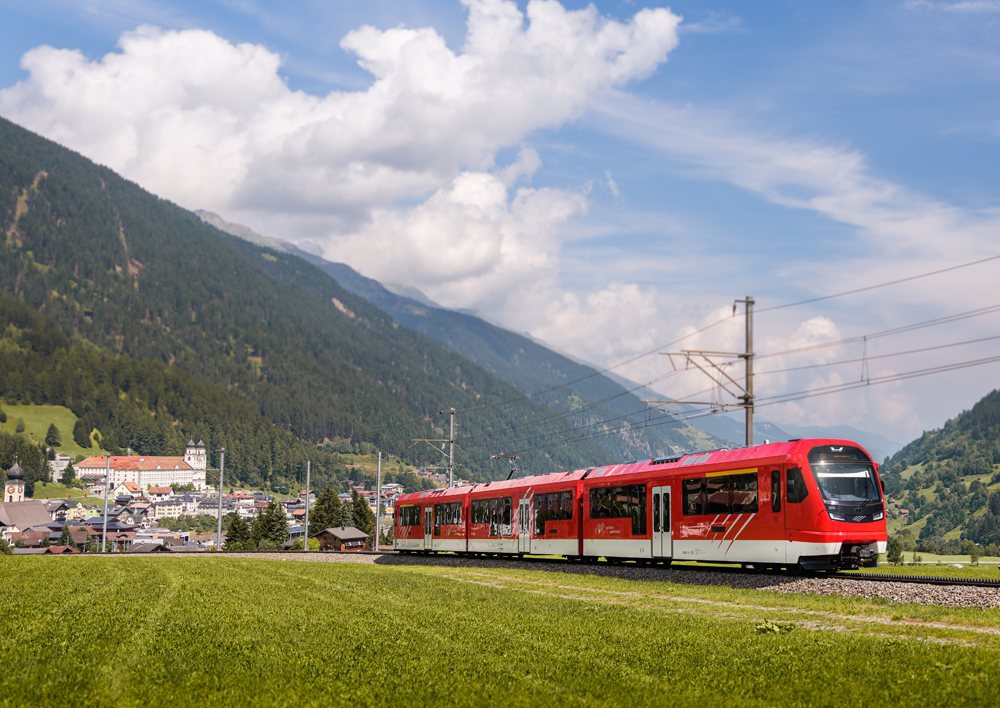




Current management seems to be doing a very good job. Buses and trains are cleaner and better run than in years. They got rid of the wraps that used to cover the entire bus or train vehicle and now things look classy and clean again.
Security also seems to be good with guards or police present throughout the system and a plan to install turnstile to force ticket purchases to ride.
With regard to the new cars, unsure they will ever have occasion to use the five miles without wire option as the entire system is wired. Perhaps in the event of a sudden power shortage due to a summer storm.
My problem with MetroLink isn’t with the cars, its with the scheduling. No expresses, all locals. When they finish the Shiloh extension to Mid-America Airport (BLV) I hope these new cars can handle the carry on luggage the people will bring with them. Not likely.
With only two tracks (one each way) and no sidings outside the yards, how do you expect them to do express trains with the locals in the way? Just curious.
Anyway, the last time I rode was ~2010. It got really unsafe after that, (and probably was before, but I didn’t realize) and I don’t think I’ll be back on anytime soon. The reason is simple: police can’t ride / arrest people outside their jurisdiction, so in the severely fragmented St. Louis County, riding is just asking for trouble. Several people have been killed on trains and platforms since 2010 (including a platform security guard after a Blues game!), and I’ve been accosted by panhandlers a number of times… both on and off the trains. It’s really sad.
With computerized controls, it is not impossible to run an express around several locals in a 2 track arrangement. Metra does it every day on the BNSF Aurora Line. Even though they have 3 tracks at their disposal, they use the center track to bypass locals at speed. And that center track supports both directions.
As it stands they run it as two one way tracks with crossovers at each service end. Wasteful actually.